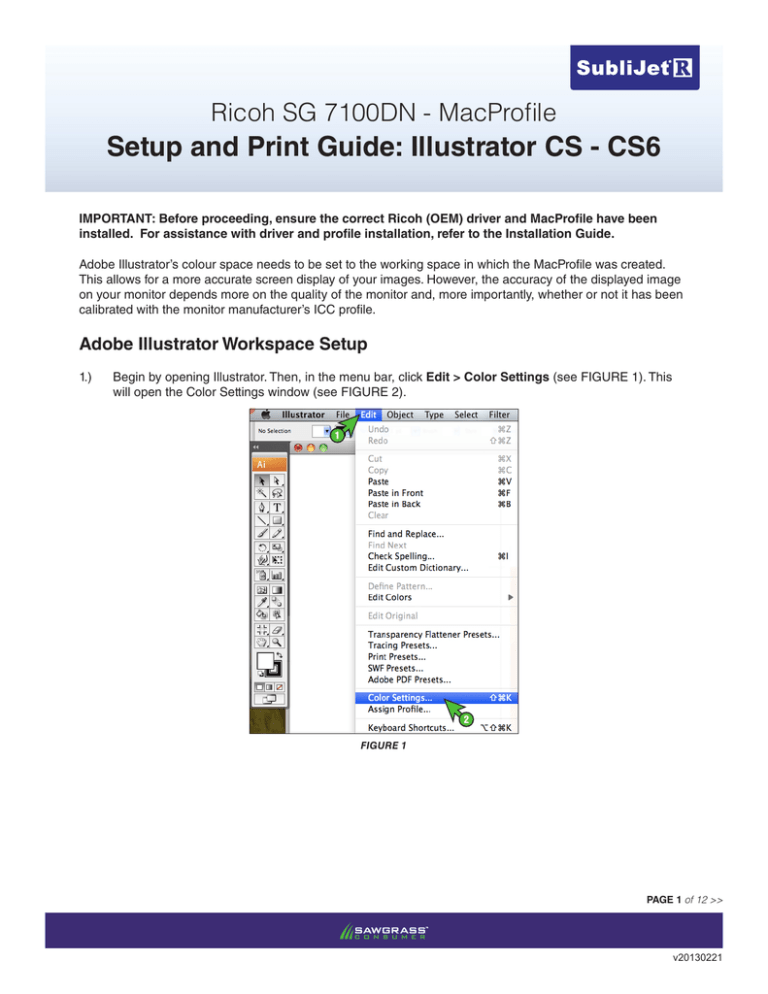
Options Click options from the desktop app tray to access settings to launch the application when your system starts to connect to the Experience Manager server when the app is launched and to change the local drive letter where Assets is available after mounting.Īdvanced > Manage cache You can control the amount of disk space made available for local caching purposes. You can check the status of the upload, along with some more basic information. The application takes some time to send these assets to the server, depending on the available bandwidth. You can save your changes locally and forget it. The background upload allows for smooth operations, without you having to wait for the upload to finish, especially for large-sized assets. View asset status When changed assets are uploaded or new assets are added to the Assets repository, the application uploads the assets in the background. In other words, explore the assets that are now made available on your local machine. The various settings are described below in details.Įxplore Assets Open the local drive in which the Assets repository is mounted.

You can tweak the settings to get more out of the application and out of the integration with Experience Manager server. The default settings work for a typical user of the application. The application allows for settings to connect and disconnect from Experience Manager servers, view status of uploads, manage local cache, and so on.

Understand the in-app options and preferences Only one instance of the Experience Manager desktop app can be installed and be active at a time.

#DISPLAY MENU BAR FOR ADOBE MAC HOW TO#
If you face issues using the App, see how to troubleshoot Experience Manager desktop.
#DISPLAY MENU BAR FOR ADOBE MAC MAC#
Assets can be easily revealed in Mac Finder or Windows Explorer, opened in desktop applications, and changed locally - the changes are saved back to Experience Manager with a new version created in the repository. Using the App, the assets within Experience Manager are easily accessible on your local desktop and can be used in any desktop applications.


 0 kommentar(er)
0 kommentar(er)
